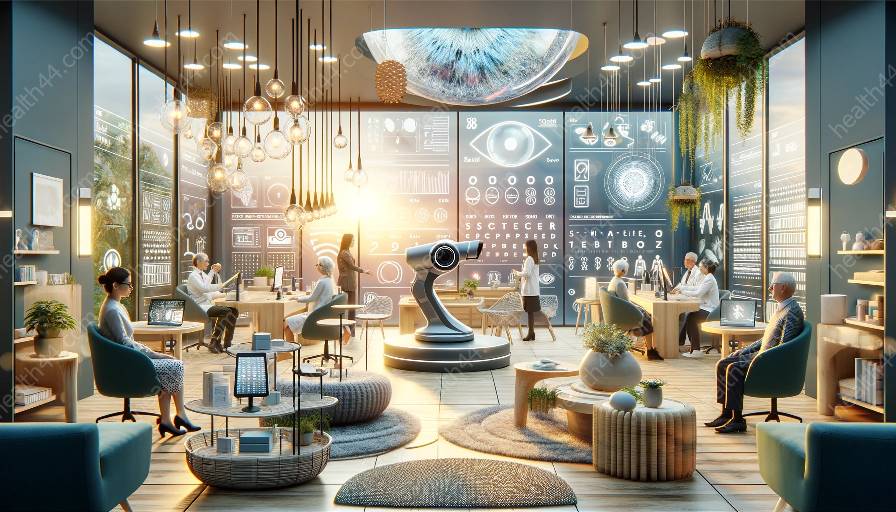Individuals with vision impairments face unique challenges in the classroom. However, with the advancement of assistive technology solutions, these challenges can be addressed effectively, providing inclusive education for all. This topic cluster delves into how assistive technology specifically caters to the needs of individuals with vision impairments in a classroom setting, and the importance of vision rehabilitation in education.
Vision Impairments in the Classroom
Vision impairments, ranging from partially sighted to completely blind, can significantly impact an individual's ability to learn and participate in a classroom environment. Tasks such as reading, writing, accessing visual aids, and navigating physical spaces present barriers for individuals with vision impairments. These barriers can affect their educational experiences and academic success.
Understanding Assistive Technology Solutions
Assistive technology refers to devices, tools, and software designed to enhance the functional capabilities of individuals with disabilities. In the context of vision impairments, assistive technology solutions can range from screen readers and magnification software to braille displays and tactile graphics. These tools aim to provide access to information and facilitate independent learning for individuals with vision impairments.
The Role of Assistive Technology in Addressing Unique Needs
Assistive technology plays a crucial role in addressing the unique needs of individuals with vision impairments in a classroom setting. These solutions can be tailored to accommodate different learning styles and preferences, ensuring that students with vision impairments have equal access to educational materials and resources. By providing alternative formats for printed materials, enabling digital access to textbooks, and supporting note-taking and organization, assistive technology enhances the learning experience for individuals with vision impairments.
Implementing Assistive Technology in the Classroom
Integrating assistive technology into the classroom environment involves collaboration among educators, assistive technology specialists, and students with vision impairments. Educators can make use of specialized software and hardware to create accessible materials, while assistive technology specialists can provide training and support for students to effectively utilize these tools. This collaborative approach fosters a more inclusive learning environment where individuals with vision impairments can fully engage with the curriculum.
Vision Rehabilitation and Education
In addition to assistive technology, vision rehabilitation plays a vital role in supporting individuals with vision impairments in a classroom setting. Vision rehabilitation encompasses a range of services aimed at enhancing daily living skills, mobility, and independence for individuals with visual impairments. Within the education context, vision rehabilitation professionals work alongside educators and assistive technology specialists to ensure that students receive comprehensive support that addresses their unique needs.
Conclusion: Enhancing Inclusive Education
Empowering individuals with vision impairments in the classroom requires a multi-faceted approach that includes the integration of assistive technology solutions and vision rehabilitation services. By combining these efforts, educational institutions can create an inclusive and accessible learning environment where students with vision impairments can thrive academically and pursue their educational goals with confidence.





















